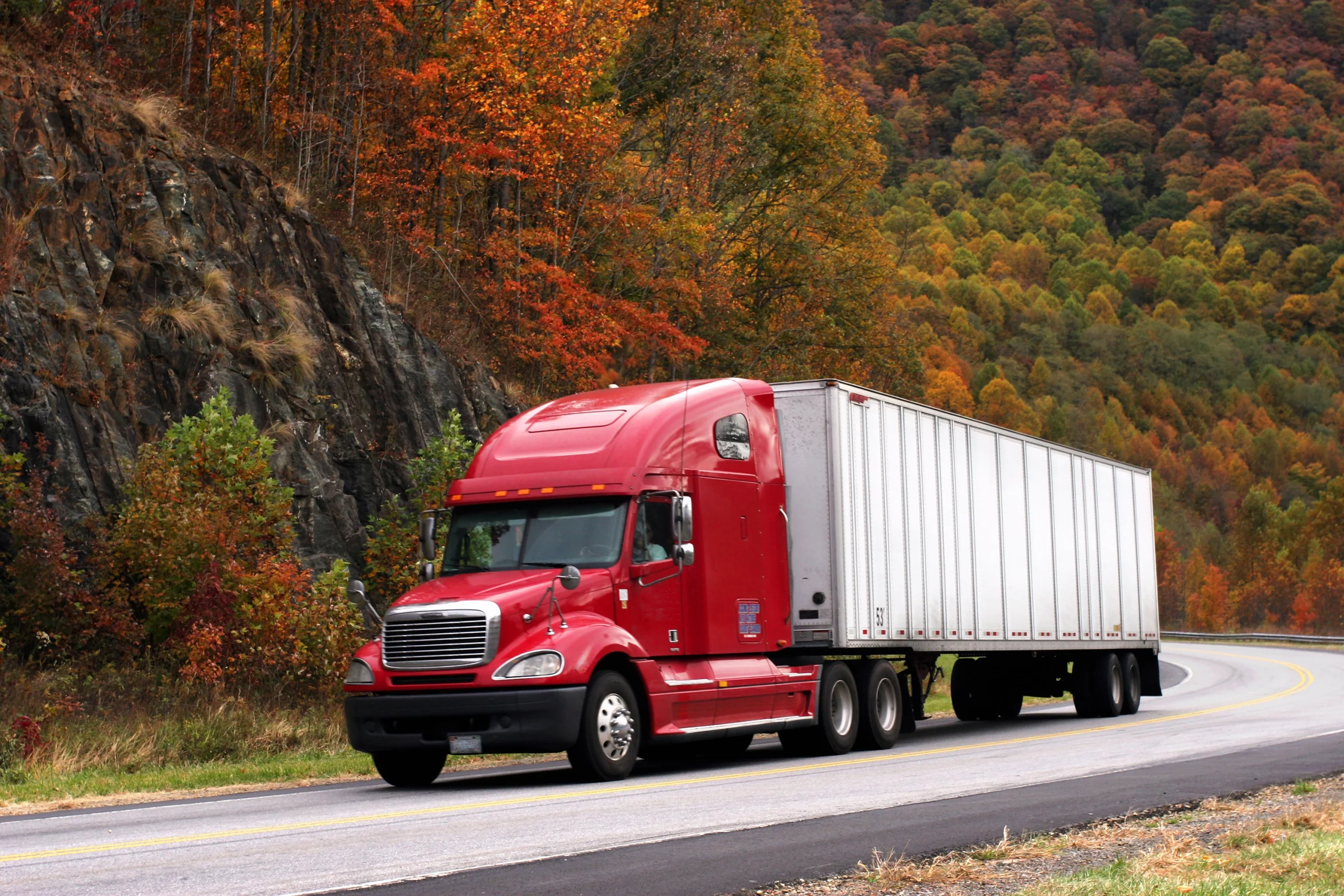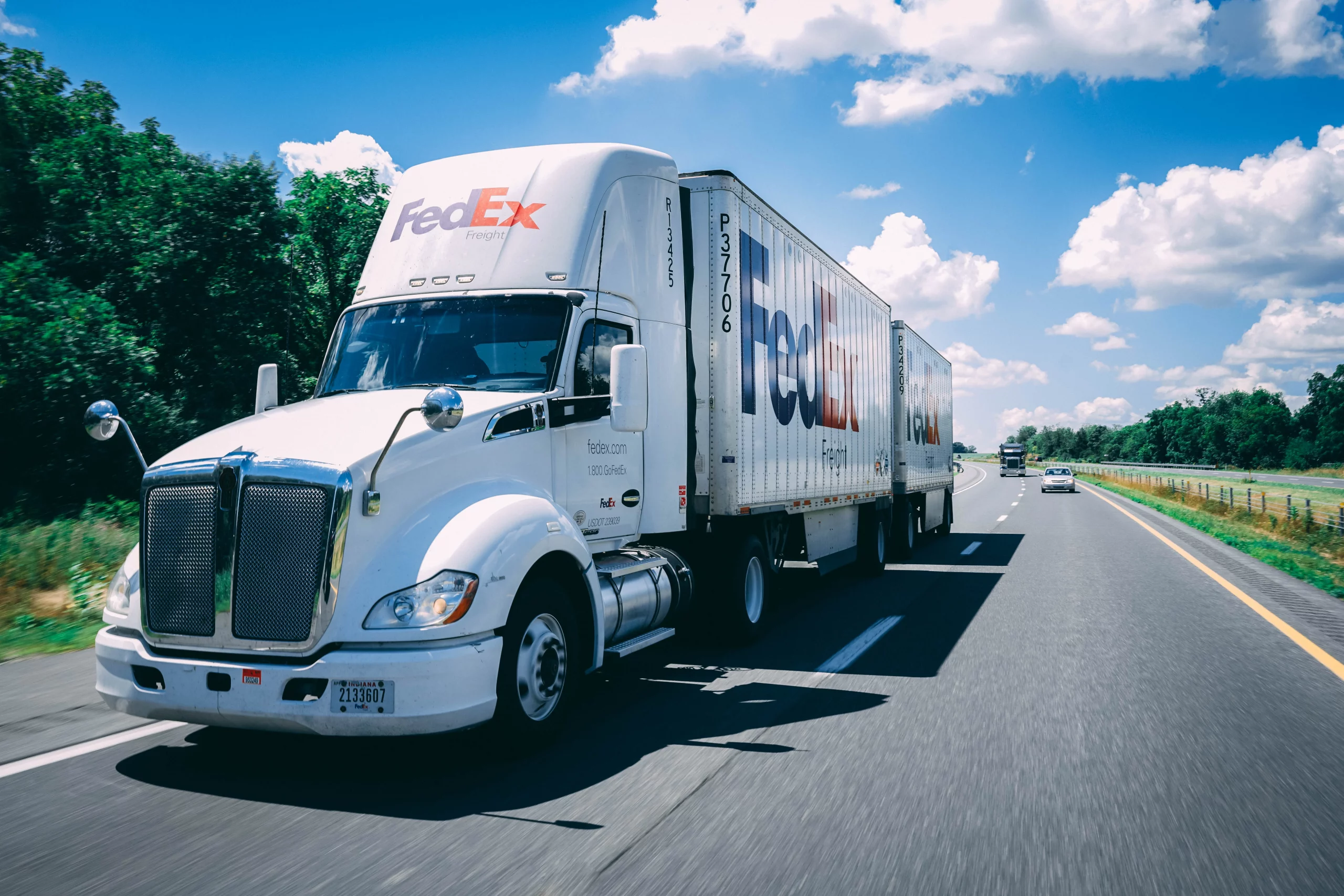TRUCKING ACCIDENTS
T-Bone Truck Accidents in Colorado Springs
Colorado Springs T-Bone Truck Accident Law Firm
Did you know that the cab of a truck may weigh anywhere from 10,000 to 25,000 pounds? Then there’s the trailer’s and cargo’s weight, which may add tens of thousands of pounds to the power of the collision.
In Colorado Springs, a T-bone collision with a commercial vehicle may result in catastrophic injuries in the blink of an eye. Even the most cautious Colorado Springsdrivers cannot always avoid being involved in T-bone truck accidents, which are often caused by the recklessness of truck drivers.
What causes these horrific events, what can be done to avoid them, and how can you get back on your feet after one? These are the issues we’ll be discussing today.
Types of Truck Accidents
In a T-Bone Truck Accident, What Happens?
A T-bone truck collision occurs when a truck collides with another car on one of its sides. Because there is no bumper or other characteristics to absorb the impact of a collision, the sides of a car are structurally weaker. Not only that but the framework between the passengers and the car is just a few inches thick. These flaws may result in more serious injuries than in other types of car accidents.
Serious injuries may arise from a T-bone truck crash, including:
- Traumatic brain damage
- Back and neck issues
- Amputation
- Severe lacerations
- Broken bones, particularly on the side where the event happened
Free Consultation
NO FEE UNLESS WE WIN
Why Is It So Hard To Avoid T-Bone Truck Collisions In Colorado Springs?
Drivers in Colorado Springs rapidly get used to driving through congested areas, particularly if they go during peak hours. Unfortunately, many of Colorado Springs’ unpredictable traffic patterns may raise the danger of T-bone crashes and other sorts of big-truck accidents.
The “Rush Hour” in Colorado Springs has been prolonged.
Many cities’ rush hour is limited to a single hectic hour when more people take the roads to or from work, making it more difficult to maneuver safely. However, rush hour in Colorado Springslasts two hours in the morning (between 7 and 9 a.m.) and three hours in the evening (between 4 p.m. and 7 p.m.) Large cars are always involved in such extended periods of traffic congestion.
Truck traffic is high in Colorado Springs.
Tanker tankers must travel right through Colorado Springs to carry oil from the state’s growing oil resources. Because of its location on the Gulf of Mexico, Colorado Springs receives a significant volume of commodities by sea, which must subsequently be distributed across the surrounding region. In addition, Colorado Springs, like any other big metro, sees a slew of additional items arrive by commercial vehicles.
As a result, many trucks enter and exit Colorado Springs at any one moment. T-bone collisions are increasingly likely to occur when more trucks use local roads.
The truck driver shortage has had a significant impact on Colorado Springs.
Many businesses fail to meet delivery deadlines due to a truck driver scarcity throughout the nation. With such a high demand for truck drivers, Colorado Springs has been under even greater strain as it tries to find competent drivers. Some firms have boosted the pay for truck drivers, particularly those with more experience. Many businesses are still having difficulty finding the certified drivers they need.
As a result, businesses may dispatch untrained or poorly qualified drivers. Furthermore, even “on paper” certified drivers may lack the requisite driving experience to operate a commercial vehicle properly. While commercial truck drivers in Colorado Springs must have a Class C driver’s license (CDL), CDL training programs frequently concentrate on getting drivers in and out of the program and on the road as quickly as feasible.
Drivers may not have the opportunity to learn about possible accident situations in a controlled setting or integrate the skills and information required to tackle the additional demands of driving a commercial vehicle. Simply stated, novice drivers are more likely to be involved in all sorts of accidents, including T-bone crashes.
T-Bone Truck Accidents in Colorado Springs: What Causes Them?
Colorado Springs is a city in the state of Colorado T-bone crashes may occur for various causes. Due to the substantially bigger heft of their cars, commercial truck drivers encounter particular obstacles on the road.
This not only makes it more difficult to drive safely, but it also means that in the event of an accident, they may easily result in much more catastrophic injuries than crashes involving passenger cars.
Big cars are heavy and take up a lot of road space. This implies they’ll need extra time to properly stop, slow down, or maneuver. Unfortunately, even little mistakes may result in significant consequences for truck drivers and others around them. A T-bone disaster might occur before a truck driver has enough time to halt or swerve out of the path.
Aside from the scary problems of operating a huge truck, there are several other factors that lead to T-bone truck accidents in Colorado Springs, including:
Excessive speeds
Truck drivers are known to speed on occasion. Due to the truck driver shortage, truck drivers may feel under a lot of pressure to achieve delivery deadlines, particularly as their shifts come to a close. Because truck drivers can only drive for 11 hours out of a 14-hour shift, they may find themselves racing down the road as the end approaches.
Delays in Colorado Springs, particularly in congested areas, might make it more likely for time-pressed truck drivers to opt to speed. Furthermore, many firms pay truck drivers by the mile rather than the amount of time they spend behind the wheel, motivating them to put in more miles by speeding.
On the other hand, big trucks need a lot of space to stop, and the more space they require, the quicker they are traveling. Truck drivers speeding are more likely to make additional errors that raise the risk of T-bone collisions, such as attempting to cross an intersection before the light turns red or failing to pay attention to other cars at a four-way stop.
The distraction of the Driver
Truck drivers spend a significant amount of time behind the wheel. Several times a week, they travel for eleven hours straight. Truck drivers may “space out” due to these situations, making them vulnerable to mental distractions that prevent them from perceiving what is going on around them. (Are you familiar with the term “highway hypnosis?”) (Google it!)
Other truck drivers may become more purposefully distracted to pass the time. A motorist may, for example, check his or her phone or change the radio station, causing cognitive and manual distractions. Other truck drivers may eat or drink while driving, particularly if under pressure to meet a deadline.
Others may be distracted from the road by items that they ostensibly need to complete their work, such as GPS gadgets or listening to a dispatch radio.
Whatever the distraction, it may lead to catastrophic and even deadly accidents, particularly if the distracted Driver is driving a car that is more than twenty times the car’s weight it collides with.
In T-bone crashes, an inattentive truck driver may miss a stop sign or traffic signal and not realize it until they collide with someone crossing the junction. Because truck drivers’ routes sometimes take them through unknown territory, they may not know the junction until they pass through it.
Dangerous Crossroads
Like any other city, Colorado Springs has its share of hazardous crossings. For example, they may be West and Airline or Hawthorne and Spur 527. For various reasons, a crossing may be considered “hazardous.”
Poor visibility may make a junction extremely deadly in the event of T-bone accidents since truck drivers may not even have time to observe another car at the intersection before proceeding through it. In other circumstances, hazardous junctions may lack clear signs, making determining who has the right of way more challenging.
Truck drivers may find it especially challenging to navigate intersections. Truck drivers don’t always want to come to a complete stop at junctions. A huge truck takes longer to accelerate than a typical passenger car, which might result in additional delays or trouble navigating. Furthermore, coming to a complete stop takes time, which the truck driver may find difficult if they do not see the junction in advance. Failure to slow down properly and come to a full stop, on the other hand, may greatly increase the chance of a T-bone accident.
Intoxication of the Driver
Truck drivers are subject to harsher rules for drinking and driving than regular passenger car drivers, yet this does not always deter them from driving while drunk. Many individuals turn to alcohol to deal with life’s stressors, and truck drivers are no exception. Truck drivers may experience feelings of isolation and loneliness, putting them at risk for drug usage. When truck drivers get behind the wheel while drunk to any degree, these poor behaviors become lethal.
Inebriated drivers have difficulty operating their cars. They may take risky actions, such as disregarding traffic laws in general. Drinking also slows reaction time, thereby increasing the likelihood of a T-bone crash. Because inebriation may impair a driver’s visual field, a drunken truck driver may not even see another car approaching.
Fatigue in the Driver
The more truck drivers strive to make it through without getting enough rest, the more difficulties they have driven safely.
Driver weariness, like drunkenness and distraction, may significantly influence truck drivers. Truck driver weariness may have many of the same symptoms as inebriation. As their reaction times and reflexes weaken, truck drivers may veer off the road.
Motorist weariness may lead to deadly collisions, such as when a driver falls asleep and speeds through an intersection despite the presence of another car in the junction. Truck driver weariness may also contribute to risky driving choices, such as speeding to get off the road faster.
What to Do After a T-Bone Truck Accident in Colorado Springs
A T-bone truck collision in Colorado Springs might result in serious injuries that need you to be transported to the hospital for treatment. Report a T-bone collision to the Colorado Springs police department as soon as possible so that they may attend to the site. The police will file an accident report, including information about the collision and how it occurred.
Tell the cops everything that occurred, including everything you saw leading up to and during the accident that you believe contributed to it. Do not imply that you were responsible in any manner. Instead, just provide the facts openly and honestly.
Next, even if you believe you have avoided major damage, you should seek medical help. A doctor’s report might help you understand your injuries better. It may also assist you in filing a compensation claim since your visit to the emergency department or urgent care facility can show when your injuries occurred and demonstrate a causal link between the accident and your injuries.
Finally, call a Colorado Springs truck accident lawyer as quickly as possible after your accident. Long investigations and arduous evidence collecting are common in T-bone truck accidents. A lawyer can assist you in gathering all relevant facts about the accident, establishing your claim, determining the amount of compensation you deserve, and fighting on your behalf to maximize your financial recovery.

FREE CASE REVIEW
We are standing by ready, willing, and able to help you. You can schedule a free consultation here on our website, or give us a call and talk to us. Whatever you prefer, we will accomodate you!








